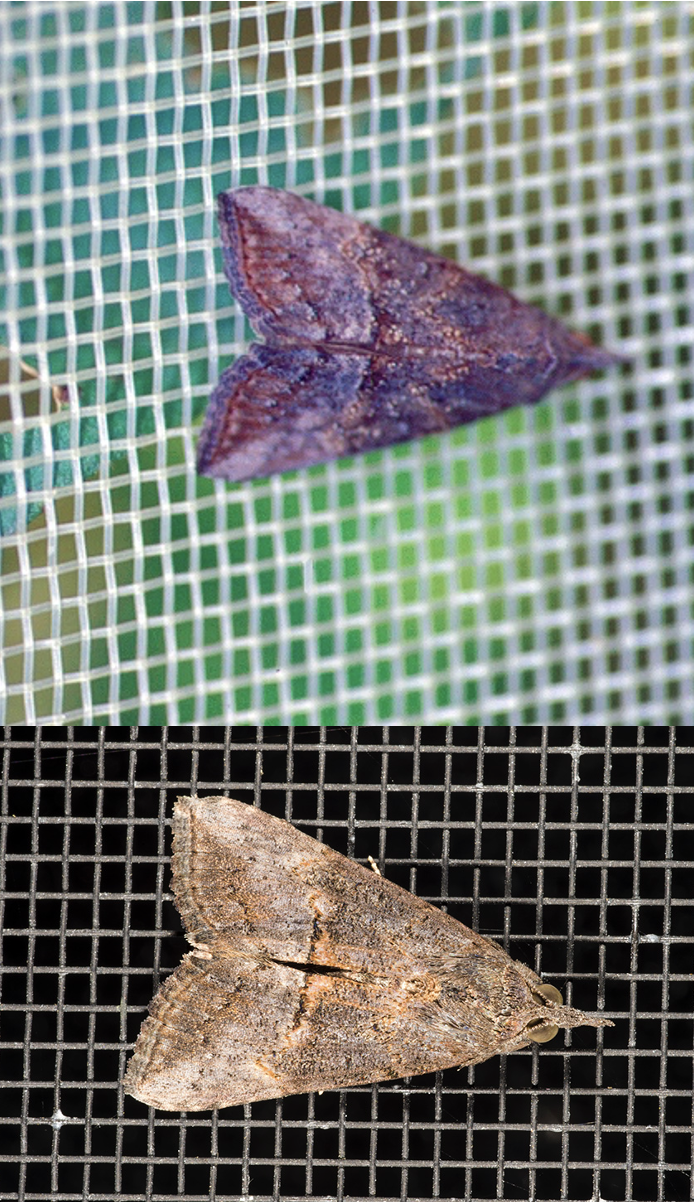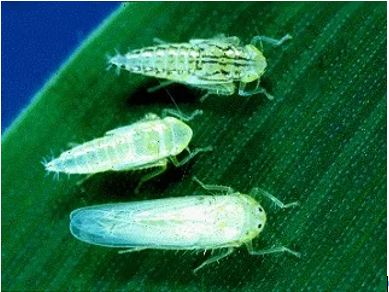If you are involved with alfalfa production, you may recall some spring-time discussions and newsletter articles earlier this year about alfalfa weevil and the potential issue of resistance.
249 articles tagged "Insects".
The 2026 Crop Management Workshops are scheduled for January 28 and 29, 2026.

Most likely you have seen some darkly colored moths flying around farms, homes, and yards, especially to lights at night.

About a month ago, we published an article asking readers for input on what pests they were seeing and what levels of economic damage may be out there in corn and soybean fields.

The corn leafhopper (Dalbulus maidis) is a familiar pest to corn producers and pest managers in Central (its native range) and South America.
As mentioned in this space last week, below is a survey link to gain some insight into mid-season insect pests.
As mentioned in this space last week, below is a survey link to gain some insight into mid-season insect pests.

This is the time of year when much of the insect pest management in crops has been completed… early season pests have come and gone and weather conditions are ideal for crops to grow and recover from most minor damage.

Trapping for corn earworm has been underway for a few weeks now throughout the state.

Most readers have probably noticed a sharp increase in firefly activity lately.


